How are sockets manufactured?
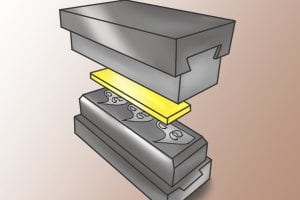
The manufacturing of sockets is comprised of several processes which include: forging, machining, stamping, heat treating polishing and plating.
Whilst all sockets are produced in roughly the same way, there will be slight variations between manufacturers and different types of socket; for example, impact sockets have a black oxide coating applied instead of chrome plating.
You also need to consider the different sizes of sockets, as smaller tools will need more intricate construction.
Guide to Socket Manufacturing
Step 1 – Cutting Steel Coil
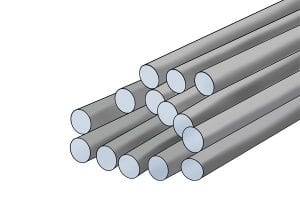
A socket begins with a coil of steel. This is then fed into a blanking machine which cuts the steel into small billets (cylindrical sections).
Step 2 – Forming Basic Shape
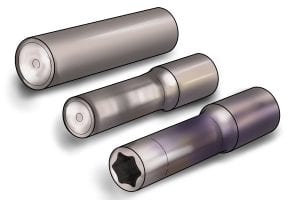
The billets are then sent through a series of forging machines that form the socket’s shape one stage at a time.
Step 3 – Cleaning and Machining
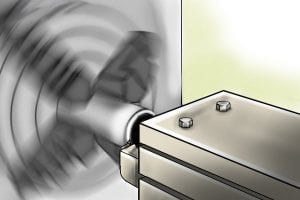
The sockets are then put in a machine to wash and dry them of any remaining lubricants that were used in the forging processes. After this, they undergo a series of machining processes to cut them to the exact size, and put a bevel on the socket ends to help them locate onto fasteners and the drive squares of turning tools.
Step 4 – Size Stamping and Heat Treating
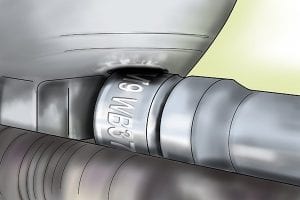
Next, a powerful rolling stamp is used to mark the size of the socket. After this, the sockets are heat treated and quenched, before being placed in a rotating chamber that blasts them with steel particles to clean and buff the surface.
Step 5 – Polishing and Cleaning
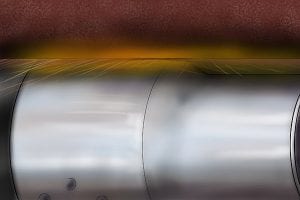
The sockets are then loaded onto a machine that offers them up to a grinding belt, which polishes the surface of the sockets further.
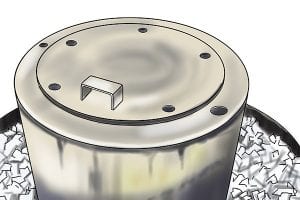
The next stage is another cleaning process. This time, the sockets are placed in a rotating bath containing ceramic stones which rub acid over them. This removes any blemishes that may remain on the surface of the sockets. After this, the sockets are rinsed and dried to remove any remaining acid.
Step 6 – Coating

Now the sockets have either a black oxide or chrome plating coating applied. Sockets that are chrome plated are dipped into a bath containing the electro chrome plating solution. Finally, the sockets are placed in a centrifuge that spins them at high speed in order to dry them off.
What is heat treatment and tempering?
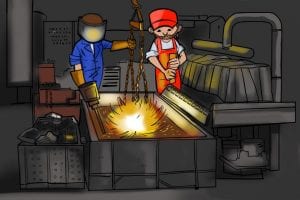
Heat treating and tempering are manufacturing processes used to alter the physical properties of metal and other materials. Heat treating involves heating the metal up to a very high temperature and then quenching (rapidly cooling) it. This increases the hardness of the metal, but will also make it more brittle.
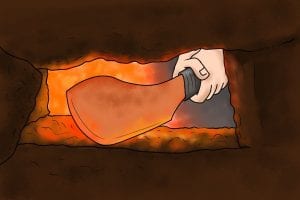
Tempering is performed after heat treating, and also involves heating the metal, but to a lower temperature than heat treating, then letting it cool slowly. Tempering will decrease the hardness and brittleness of the metal, and at the same time increase its toughness.
By controlling the temperature the metal is heated to during tempering, it is possible to alter the final balance between the hardness and toughness of the metal.
What is forging?
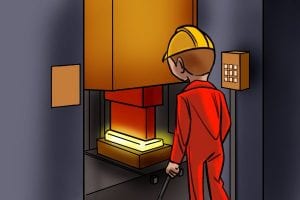
Forging is a manufacturing process that makes the finished product stronger than a cast or machined part, by altering the direction of crystals within the metal. Forging compresses the metal into the desired shape, and can be achieved by either drop forging using a hammer and mould (die), or roll forging (passing the metal through two or more rotating rollers).
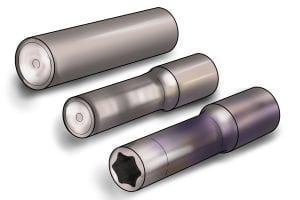
It is not possible to achieve the shape and characteristics needed for a socket through roll forging techniques, so they are made using drop or cold forging.
Why is forging used to manufacture sockets?
Forging has several advantages over other manufacturing methods that make it the preferred choice for sockets. When used for large volume production, forging can be quicker and cheaper than other methods of manufacturing.
Forging also produces a grain structure within the socket that makes it stronger than if it were manufactured using other methods.

Unlike casting or machining, forging produces a grain flow that follows the contours and shape of the part produced. As the internal stresses within the part are channelled along its grain flow, this reduces the internal stress and therefore risk of fracture occurring.
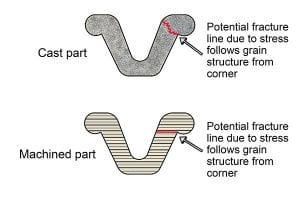
Fractures are more likely to occur in cast and machined parts due to the internal stresses taking the path of least resistance along the grain structure from the corners of a part.
When choosing a socket set it is important to take into account that you get what you pay for, so think of a good-quality set as a long term investment.
Drop Forging
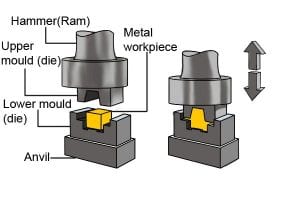
Drop forging uses a hammer (ram) that is raised up and then “dropped” onto a metal workpiece, compressing its shape into that of a mould (die). This process makes the metal workpiece stronger by altering the direction of the crystals in the metal structure.
Cold Forging
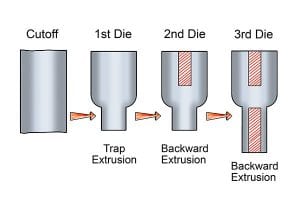
Cold forging is a form of drop forging, but instead of the hammer being “dropped” vertically onto the workpiece, it is pressed horizontally into the workpiece using high pressure rams.
Cold forging is so called because the forging takes place at a cold or room temperature instead of heating the workpiece (typically up to as much as 1150°C for steel during hot forging).






